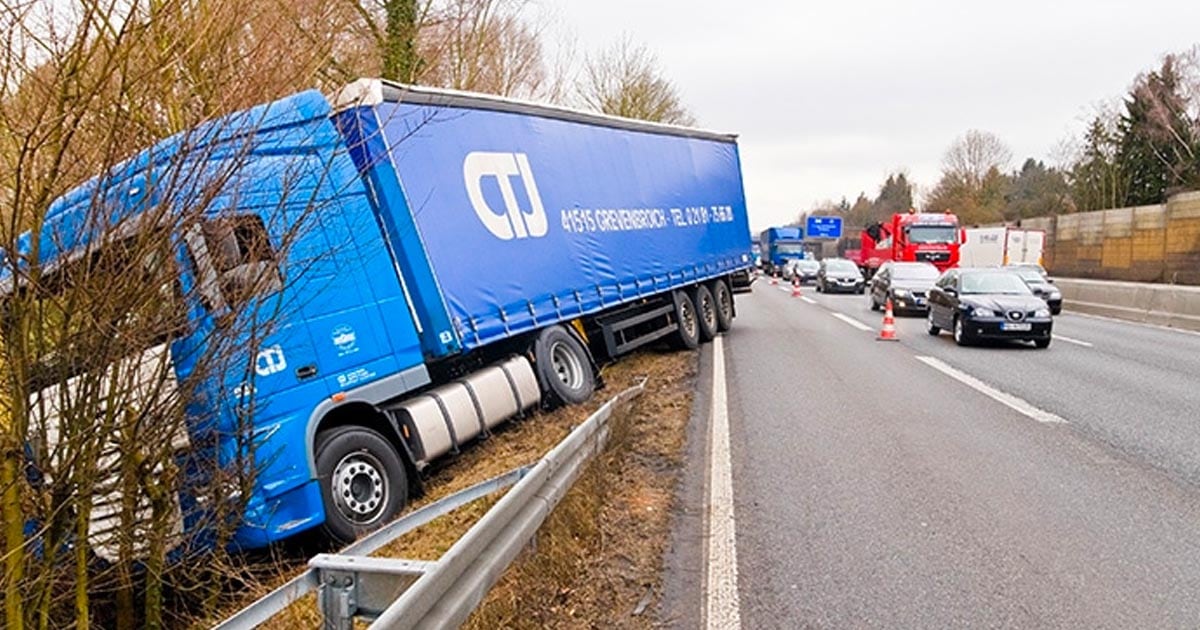pada tanggal
Car
car design
- Dapatkan link
- X
- Aplikasi Lainnya

According to the US Department of Transportation’s Federal Automobile Carrier Safety Administration (FMCSA), exhaustion of commercial truck drivers kills more than 750 people and injures more than 20,000 each year. A tired driver is a deadly driver. Unfortunately, operating an 18-wheel rig is generally a low-paying job, which can lead many truck drivers to drive longer to make more money. Commercial truck employers do not help the situation by imposing strict delivery deadlines on truck drivers.
Lack of sleep can cause truck drivers to nod or flow into other lanes. Ineffective down breaks, rollovers, and jackknifing are also typical consequences of inadvertent and tired truck drivers. Accidents with multiple vehicles are not uncommon when trucks are involved. Truck drivers themselves are at risk of these obvious dangers, with approximately 600 commercial truck drivers dying from highway accidents annually.
Logbooks must be kept by all truck drivers and are usually useful in proceedings and proof of liability based on driver fatigue. Black boxes and electronic onboard recorders (EOBRs) are also useful tools for reconstructing events leading up to truck collisions.
Truck accidents include overlapping laws and regulations. Generally, truck accident proceedings should be filed against truck companies and commercial truck drivers. However, government agencies, truck maintenance and maintenance companies, truck manufacturers and their insurers can also be defendants and must investigate their involvement in the accident before filing a proceeding. In a tractor trailer collision, the history of vehicle inspections and weighing station outages is always important and discoverable information. Recent road changes, such as reratings and new signs, can lead to the responsibility of government agencies and subcontractors.
Passenger car operators clearly need to avoid trucks as much as possible on the freeway. This means, for example, that trucks remember that braking distances are shorter than cars. Therefore, when switching lanes after passing a truck, the car operator should keep in mind that the 18-wheeled vehicle will be immediately behind. Before re-entering the lane, make sure you can see at least the two headlights of the truck driver in the rear-view mirror. That said, most truck accidents occur on rural highways during the day and on weekdays, according to the Federal Automobile Carrier Safety Administration. Therefore, driving on the highway is not primarily the place where car-truck collisions are most likely.
Komentar
Posting Komentar